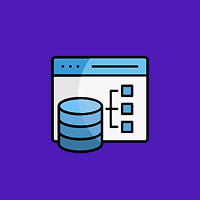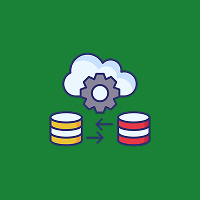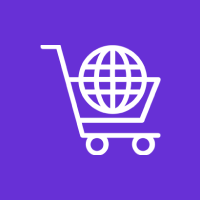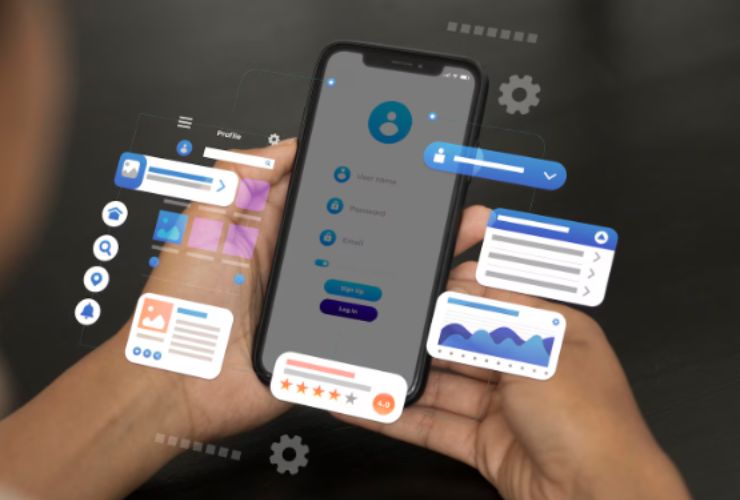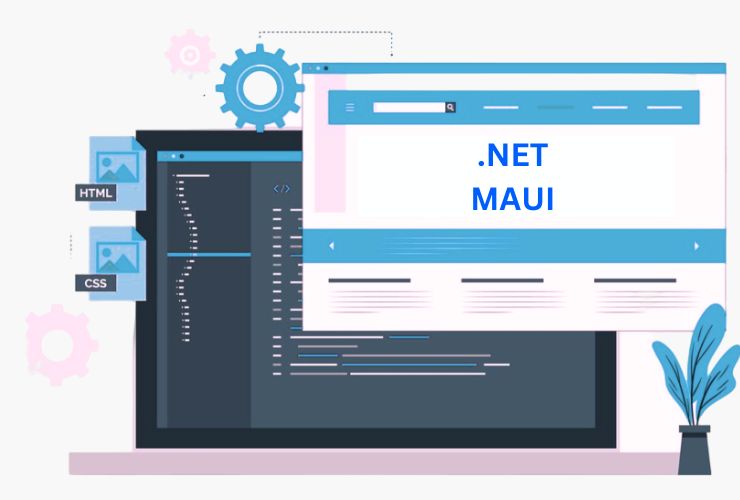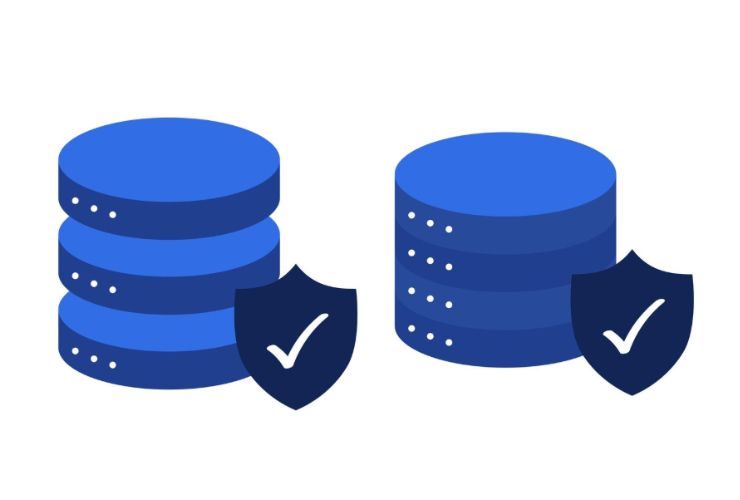In our current hyper-competitive digital era, user experience (UX) has come to mean so much more than aesthetics or polish of interface—it’s simply an essential foundation of long-term business success. Whether running a startup, growing an eCommerce business, or constructing a SaaS platform, providing a seamless, intuitive, and engaging user experience is no longer a nicety. It’s essential to growth, customer loyalty, and defending your competitive advantage.
1. UX Forms Lasting First Impressions
Their judgments take place within milliseconds. Your homepage, mobile website, or landing page has seconds to prove its value. If your site is slow, difficult to navigate, or graphically confusing, users will more than likely bounce before even considering your services.
Well-crafted UX that provides unambiguous messaging, consistent layout, and silky-smooth performance invites users to linger, dig deeper, and interact more. This first impression even largely decides if users convert—or ditch your brand altogether.
2. Frictionless UX = Better Conversions
Each click, scroll, or form fill must be effortless. Excellent UX eliminates friction at every step in the customer journey—browsing and product selection through checkout and confirmation. When the experience is frictionless, users are more likely to execute actions without hesitation.
Well-placed CTAs, product filters that are easy to understand, intelligent search, intuitive navigation, and mobile-friendly pages all make for a more seamless experience. And what’s the outcome? Reduced bounce rates, less abandoned carts, and increased sales.
3. UX Boosts Customer Retention
Getting people in is only half the struggle—keeping them there is where true growth occurs. UX has a huge role to play in developing repeat users who come back not because they have to, but because they want to. A consistently delightful, valuable experience gets users comfortable with coming back time and time again.
Personalization, quick load speeds, intuitive onboarding processes, and efficient support features all contribute to building loyalty and long-term user relationships.
4. Simplified UX Lowers Support Expenses
Users are most likely to contact customer support when faced with confusion or friction. However, by having a design that previews user needs and offers intuitive direction, support requests happen less frequently.
Through investment in intelligent UX, businesses are minimizing the burden on customer support departments, reducing support expenses, and enhancing user satisfaction. Easy-to-use interfaces, well-organized FAQs, and self-service options empower customers to help themselves—resulting in an improved overall experience.
5. Emotional Connection Through Design
Users don’t recall what your product can do—instead, they recall how it made them feel. Great UX design creates positive emotions by empowering users, making them feel valued and understood.
Sweet micro-interactions, seamless flows, and considerate design decisions build emotional connections with users. These emotional moments tend to turn into loyalty, where users become long-term customers and word-of-mouth brand champions.
6. Data-Driven UX Fuels Continuous Improvement
The greatest UX tactics are based on actual user behavior. Through the use of heatmaps, session recordings, A/B testing, and feedback tools, companies can gain in-depth insights into how users navigate their sites.
The information makes it possible to continually refine design, so your digital experience keeps growing along with user requirements. Businesses that listen and shift according to data enjoy a huge competitive edge compared to those that hold out.
7. UX as a Competitive Differentiator
In a world where consumers have unlimited options, experience quality can become the difference maker. If your competition provides identical functionalities but a more enjoyable user experience, customers will jump ship. Conversely, if your UX is simpler, quicker, and more delightful, users will remain—even if your cost is higher or your product incrementally less superior.
In short, great UX triumphs in saturated markets.
Conclusion
User experience isn’t merely a “design activity”—it’s an engine for growth. It shapes how users think about your brand, the likelihood of their return, and the amount they’re willing to spend—both financially and emotionally.
Organizations that value UX experience stronger conversions, higher retention, reduced support expenses, and more intense customer loyalty. In an age of digital imagery where user choice and diminishing attention reign supreme, an investment in UX is an investment in long-term prosperity.
Contact Us Today













 Database Development
Database Development








